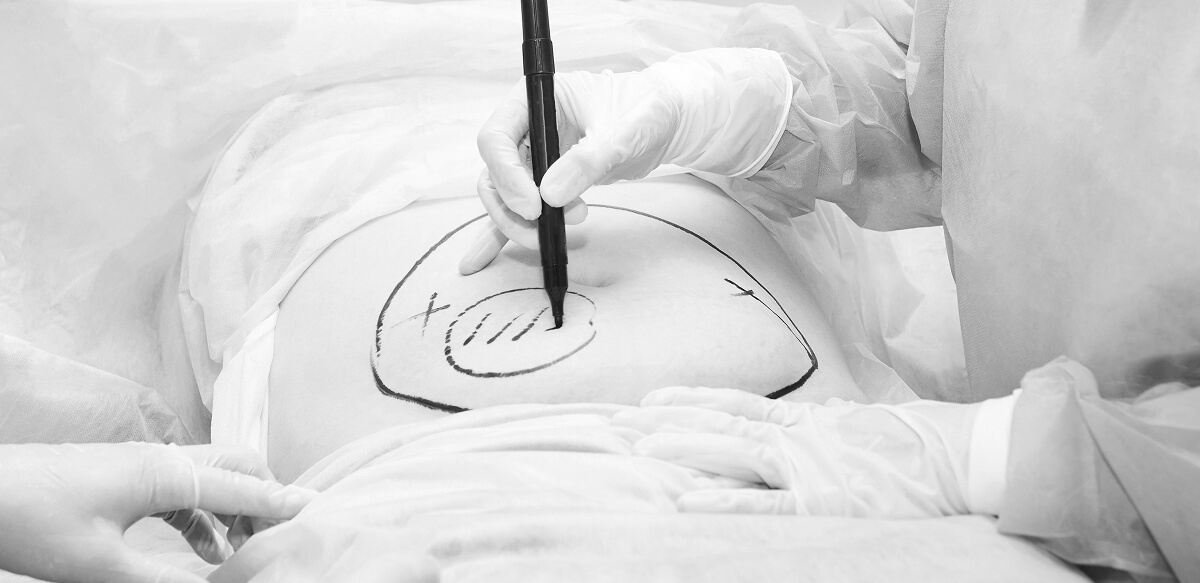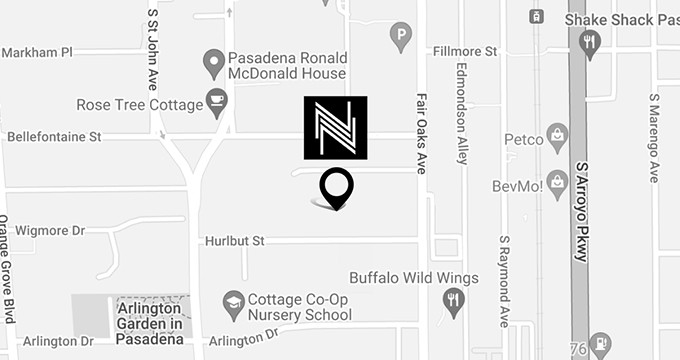
Fat transfer, also known as fat grafting, has gained significant popularity in the aesthetic world for its ability to deliver natural-looking results while enhancing both the body and face. Unlike synthetic implants or fillers, fat transfer uses your own body’s fat to create a harmonious contour that is not only organic but also long-lasting. While many patients are aware of the benefits it offers for facial volume restoration or body contouring, fewer understand the transformative power of fat transfer to reshape and rejuvenate in a truly personalized manner. In this article, we’ll dive into what fat transfer is, its unique benefits, and how it can be the right choice for those seeking natural enhancements. Whether you’re looking for a more youthful appearance or body sculpting, fat transfer might just be the solution you’ve been searching for.
What is Fat Transfer?
Fat transfer, or fat grafting, is a minimally invasive procedure that involves harvesting excess fat from one area of your body, purifying it, and then re-injecting it into areas where you want to restore volume or contour. Common areas treated with fat transfer include the face, breasts, and buttocks. Unlike traditional implants or synthetic fillers, fat transfer uses your body’s natural fat, which means there’s a lower risk of allergic reactions or complications. The process not only enhances your appearance by adding volume where it’s needed, but it also removes unwanted fat from areas like the abdomen, thighs, or flanks. Because it uses your own fat, the results are organic, blending seamlessly with your body for a natural, youthful look that ages gracefully. This procedure offers a unique approach to enhancing beauty, giving you a sculpted appearance while promoting the body’s own healing and rejuvenation processes.
Benefits of Fat Transfer
- Natural Look and Feel: Since fat transfer uses your body’s own fat, it provides a natural, soft, and more harmonious result compared to synthetic fillers or implants. The transferred fat integrates seamlessly with surrounding tissue, creating a realistic and long-lasting enhancement.
- Dual Benefit of Liposuction: The process often involves liposuction to remove fat from areas like the abdomen, thighs, or flanks. This means you’re not only enhancing one area of your body but also contouring and slimming other areas. It’s a two-in-one solution that delivers aesthetic improvements across multiple regions.
- No Risk of Rejection: Because the fat is harvested from your own body, there is no risk of rejection or allergic reaction, unlike with implants or synthetic fillers. This makes fat transfer a safer, more biocompatible option for those looking to enhance volume in various areas.
- Long-Lasting Results: While some of the transferred fat may be absorbed by the body over time, a significant portion will remain in the treated area, offering long-term results. The fat that successfully grafts to the tissue can provide lasting volume and contour that ages naturally with your body.
- Minimal Scarring: The procedure is minimally invasive with tiny incisions, typically in areas where scars are less noticeable. This results in minimal scarring compared to traditional surgeries like implants or facelifts.
- Enhanced Skin Quality: Fat transfer not only restores volume but can also enhance the texture and appearance of the skin. The natural healing process can stimulate collagen production, improving skin tone and elasticity over time.
- Versatile Treatment: Fat transfer can be used in a variety of ways: for facial volume restoration, breast augmentation, and body contouring. Whether you’re looking to address hollow cheeks, create fuller lips, or reshape your silhouette, fat transfer offers a versatile solution tailored to your unique needs.
Fat Transfer vs. Other Procedures
Fat transfer stands out as a more natural, customizable alternative to synthetic fillers and implants. Unlike dermal fillers, which can break down over time and require repeat treatments, fat transfer uses your own fat, offering a permanent solution after the initial procedure. For breast augmentation, fat transfer can achieve a more natural feel compared to silicone implants, which may feel firm and have an unnatural texture. Similarly, when compared to facial fillers, fat transfer provides more lasting volume restoration and integrates into the tissue better, avoiding the occasional lumpiness or unevenness associated with synthetic products. Additionally, fat transfer improves body contouring by sculpting areas where fat is unwanted, offering a dual benefit of enhancement and fat removal, something other procedures can’t replicate. While other surgical options, such as implants or facelifts, may carry higher risks or require more invasive incisions, fat transfer is relatively less invasive with minimal scarring and downtime.
Who is a Good Candidate for Fat Transfer?
Fat transfer is ideal for individuals seeking natural results without implants or synthetic fillers. Candidates should be in good health with sufficient fat stores for harvesting. It’s great for those desiring subtle enhancements, such as facial volume restoration or body contouring. Those with realistic expectations and a preference for natural options, like breast augmentation, are typically good candidates. However, individuals with limited fat or skin laxity may not be suitable. A consultation with a board-certified surgeon is crucial to determine if fat transfer aligns with one’s goals.
Fat Transfer Recovery and Aftercare
Recovery from fat transfer is relatively smooth, but requires careful attention to ensure optimal results. After the procedure, patients may experience some swelling, bruising, and discomfort in both the donor and recipient areas. To promote fat retention, it’s important to avoid pressure on the treated area for a few weeks, such as avoiding sleeping directly on the face or chest. Compression garments may be recommended to help reduce swelling and support the body’s healing process. Most individuals can return to light activities within a few days, but more strenuous exercise should be avoided for about 4-6 weeks. Proper hydration, a balanced diet, and follow-up appointments are key to ensuring the best outcome. The majority of the transferred fat typically settles within the first three months, with long-term results becoming more evident after this period.
Is Fat Transfer Safe?
Fat transfer is considered a generally safe procedure, especially when performed by an experienced, board-certified plastic surgeon. However, as with any surgical procedure, certain risks and complications can arise. Understanding the safety aspects and how to minimize potential issues is crucial for anyone considering fat transfer.
Key Safety Considerations:
- Minimally Invasive: Fat transfer involves using liposuction to harvest fat from a donor area, such as the abdomen or thighs, which is then purified and re-injected into the treatment area. Because it uses the patient’s own fat, the risk of allergic reactions or rejections is minimal compared to synthetic fillers.
- Experienced Surgeon Matters: The key to ensuring safety is choosing a highly skilled and experienced surgeon. Incorrect fat placement or overfilling can cause lumps or irregularities in the treatment area.
- Potential Risks: Though rare, fat embolism (fat entering the bloodstream) is a serious complication that can occur if fat is injected directly into a blood vessel. This is why it’s essential to select a surgeon who understands the intricacies of fat grafting and uses advanced techniques to avoid these risks.
- Post-Op Monitoring: Post-surgery, patients are monitored to ensure proper healing, and follow-up appointments help in detecting any potential issues early on. As with all surgeries, following aftercare instructions is vital to reduce the chances of complications.
While fat transfer is generally safe, proper consultation with a qualified professional is essential for a successful and safe experience.
Conclusion
Fat transfer is a versatile, safe, and effective procedure that provides natural-looking results while using your own body’s fat. It offers numerous benefits, including body contouring and facial volume restoration, with minimal risk when performed by an experienced surgeon. If you’re considering fat transfer to enhance your appearance, it’s important to consult with a skilled professional to ensure the best outcome.
For more information or to discuss whether fat transfer is right for you, visit us at Dr. Nima Plastic Surgery or call 626-696-8181 to schedule an appointment today.


